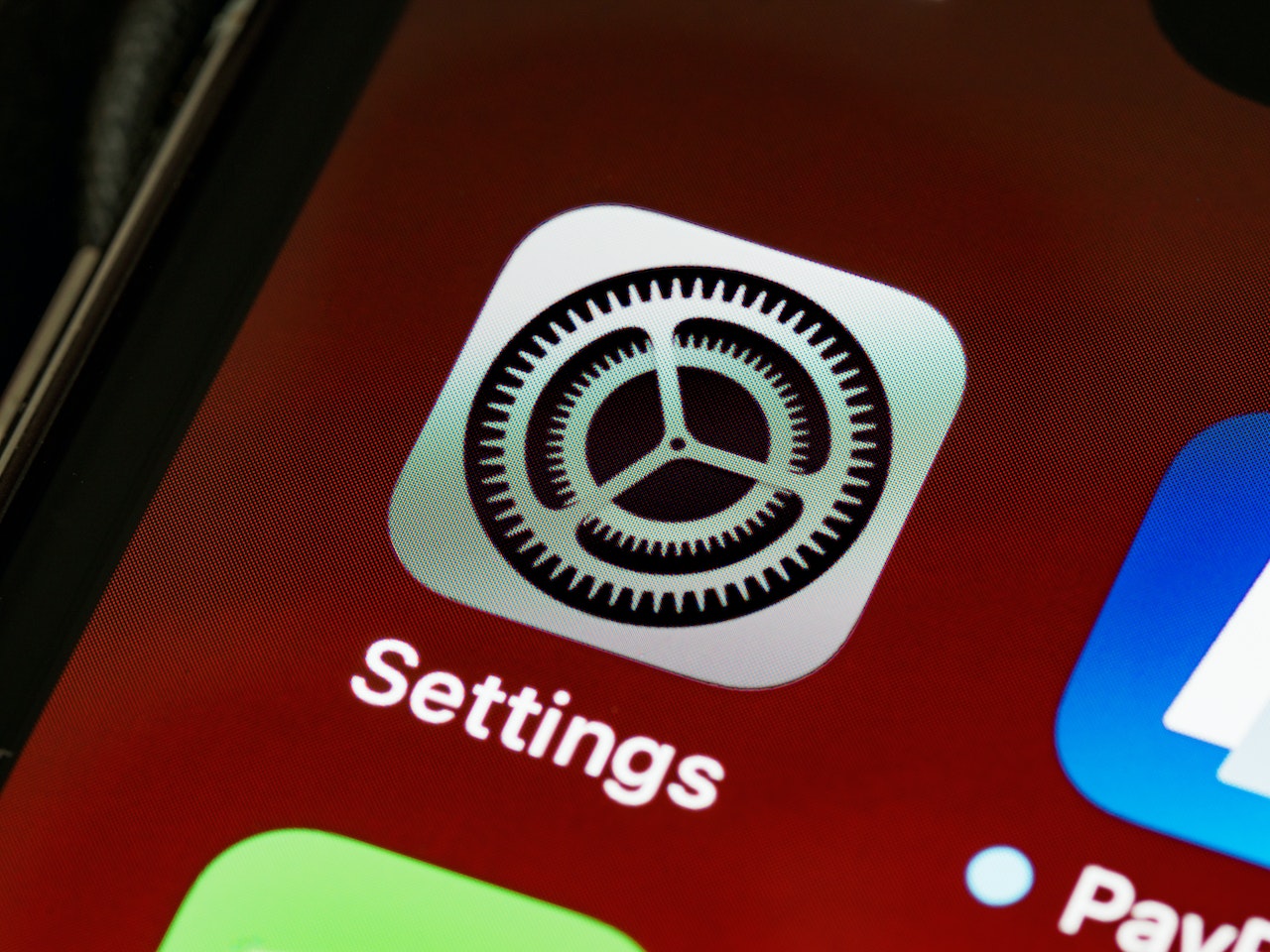Find Devices That Fit Your Needs

Resetting Your iOS Device: A Step-by-Step Guide
Resetting your iOS device can be a useful solution for troubleshooting software issues, erasing personal data before selling or giving away your device, or starting fresh with a clean slate. However, it's important to understand the process and take necessary precautions to ensure a smooth and secure reset. In this blog post, we will provide you with a step-by-step guide on how to reset your iOS device effectively.
Step 1: Backup Your Data
Before resetting your iOS device, it's crucial to back up your data to prevent any loss of important information. You have two options for backing up your device: iCloud backup or iTunes backup.
- iCloud Backup: Go to "Settings" on your iOS device, tap on your Apple ID, select "iCloud," then "iCloud Backup." Tap on "Back Up Now" to initiate an immediate backup or enable "iCloud Backup" to automatically back up your device regularly.
- iTunes Backup: Connect your iOS device to a computer with iTunes installed. Open iTunes and select your device. Under the "Summary" tab, click on "Back Up Now" to create a backup of your device.
Ensure that your backup is completed successfully before proceeding to the next steps.
Step 2: Disable Find My iPhone/iPad
To reset your iOS device, you need to disable the "Find My iPhone" or "Find My iPad" feature. Here's how:
- Go to "Settings" on your iOS device.
- Tap on your Apple ID at the top of the screen.
- Select "Find My" or "Find My iPhone/iPad."
- Toggle off the "Find My iPhone/iPad" option by tapping the switch.
You may be prompted to enter your Apple ID password to confirm the action.
Step 3: Erase All Content and Settings
Now that you have backed up your data and disabled the Find My iPhone/iPad feature, it's time to reset your iOS device. Follow these steps:
- Open the "Settings" app on your iOS device.
- Scroll down and tap on "General."
- Scroll to the bottom and select "Reset."
- Choose the "Erase All Content and Settings" option.
- Enter your device passcode if prompted.
- A warning message will appear, informing you that all data will be erased. Confirm your selection by tapping "Erase iPhone/iPad."
Step 4: Set Up Your iOS Device
Once you confirm the reset, your iOS device will begin the process. It will erase all data, settings, and installed apps, restoring the device to its factory default state. This may take a few minutes, so be patient and avoid interrupting the process.
After the reset, your iOS device will restart and prompt you to go through the initial setup, similar to when you first acquired it. Follow the on-screen instructions to set your preferred language, Wi-Fi connection, Apple ID, and other necessary configurations.
Step 5: Restore Your Data and Apps
After completing the initial setup, you can restore your data and apps to your iOS device. Here are two methods to consider:
- iCloud Restore: During the setup process, choose the option to restore from an iCloud backup. Sign in to your Apple ID, select the appropriate backup from the list, and wait for the restoration process to complete.
- iTunes Restore: Connect your iOS device to a computer with iTunes installed. Open iTunes, select your device, and under the "Summary" tab, click on "Restore Backup." Choose the desired backup from the list and wait for the restoration process to finish.
Conclusion
Resetting your iOS device can help resolve software issues, safeguard your personal data, or prepare your device for a fresh start. By following this step-by-step guide















